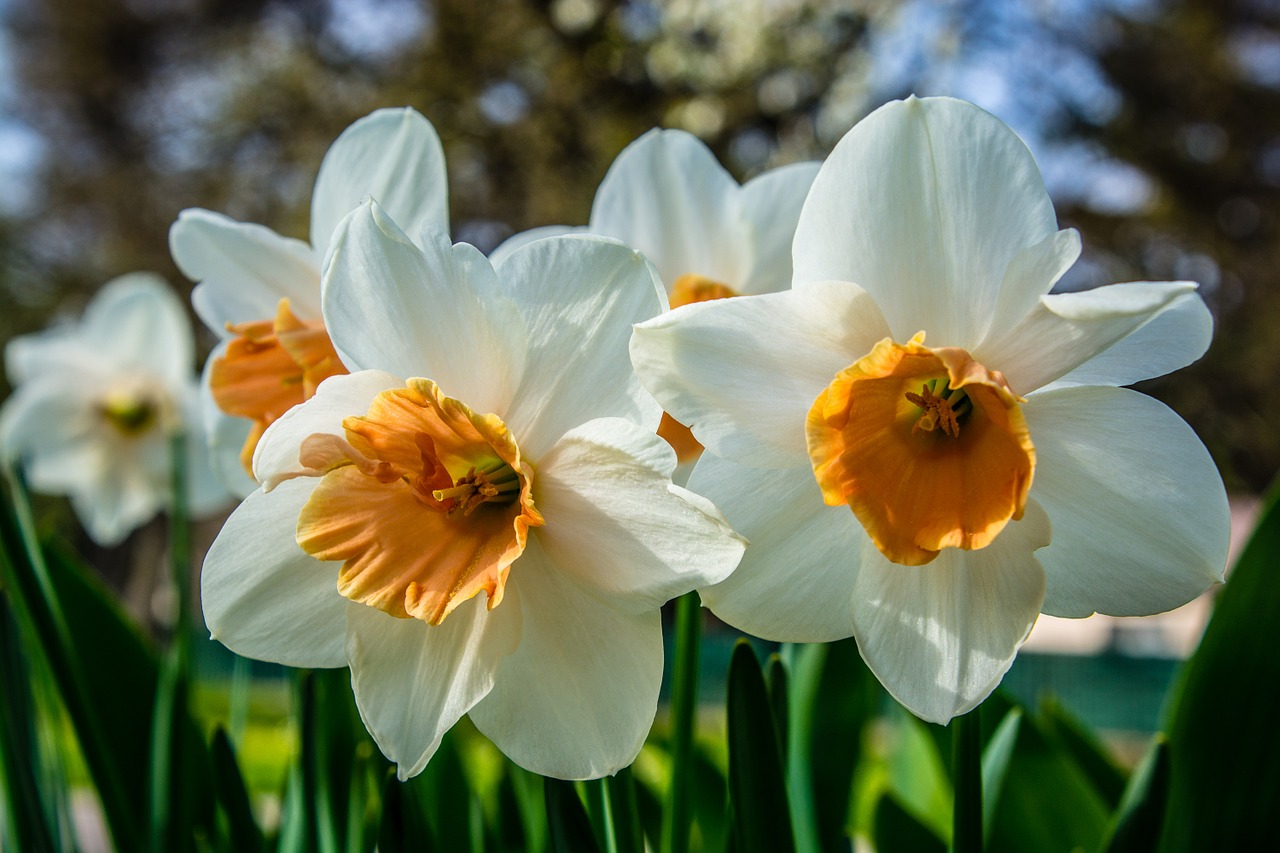Fall Bulbs: Six Bulb Flowers That Will Bloom In The Spring
Planting flowering fall bulbs is an excellent way to ensure that, when spring comes around, your garden becomes a riot of color. Fall bulbs are flower bulbs meant to be planted in the fall. These bulbs then bloom in spring, heralding the return of warmer days after brutal, cold winters. Many flowers that are considered the harbingers of spring – tulips, daffodils, snowdrops, and crocuses – come from fall-planted bulbs. When planted in the soil, these bulbs lie dormant till the weather begins to warm. They then sprout upwards, breaking through the soil and reaching for the sun.
Here are some of the best and most popular fall bulbs to plant in your garden.
:max_bytes(150000):strip_icc()/web-sized-GettyImages-1487506192-4397b8c5dfb94b4ebb370499cfe5804e.jpg)
1. Crocus
Crocus flowers are hardy plants that are some of the first to appear after winter. You might even find some sprouts peeking up from melting snow as early as January. Crocus usually stand around 6 inches tall and produce one bloom at a time. Standard crocus flower colors are blue, purple, pink, orange, yellow, and white. Crocus blooms last about three weeks, after which the cup-shaped blooms will fall off.
2. Daffodils
The bright yellow blooms of the Daffodils is a familiar sight in many a spring garden. Daffodils have trumpet-shaped cups in the center, surrounded by six other petals. While yellow is the most common color, there are also white, pink, orange and bi-color variants.
Daffodils are an excellent bulb flower for beginner gardeners as they are relatively easy to care for. They only bloom once a season and the bloom will last for about six weeks.
3. Hyacinths
Hyacinths produce one big bloom that looks like a cluster of small tubular flowers. Each bloom has around 2 to 50 of these small flowers which have six petals in a star-shaped formation. Hyacinth blooms come in pink, blue, purple, red, and white. Hyacinths are low-maintenance and easy to grow, but they have a relatively short life-span for a bulb flower. A hyacinth will only bloom for around 4 years, at which point they will have to be replaced.

4. Muscari
Also known as grape hyacinth, this bulb flower is planted in the fall and produces blooms in April and May. Muscari blooms are similar to hyacinths; they consist of a cluster of tiny flowers on the top of the stem. The difference comes in the shape of the flowers, with the grape hyacinth having rounded petals, while true hyacinths have spiky petals. The rounded petals make it look like the muscari has a cluster of tiny grapes growing on the top half of its stem, hence the name grape hyacinth. The most common color for Muscari is blue or purple-blue but there are variants that produce white, pink, or yellow petals. The flowers stay in bloom for around a month.
5. Snowdrop
The snowdrop or Galanthus nivalis is known as one of the first bulb flowers to bloom after winter. Almost as soon as the snow melts, the green heads of the snowdrop begin to peek out from the ground. This hardy perennial produces a delicate, bell-shaped pearly white bloom with three outer petals and three smaller inner petals. Each snowdrop may produce one or two flowers that will begin to appear in February or March. Snowdrops boom for a couple of months, producing one or two flowers at a time.
6. Tulips
Probably the most commonly known bulb flower, tulips have been cultivated by gardening enthusiasts since the 10th century. While there were originally only 75 species of tulips, breeding programs have produced more than 3,000 hybrid variants. Tulips produce one large cup-shaped flower that can be single colored or multi-colored. The most common colors of tulips are red and yellow but tulips can also be found in shades of white, pink, orange, and even purple and black. Devroomen offers a variety of wholesale flower bulbs, including tulip bulbs. Some of their most popular tulip varieties available from Devroomen are the pure yellow Golden Apeldoorn, the bright pink Pink Pride, and the yellow and orange Blushing Apeldoorn.
Ideas, requests, problems regarding TWiki? Send feedback
